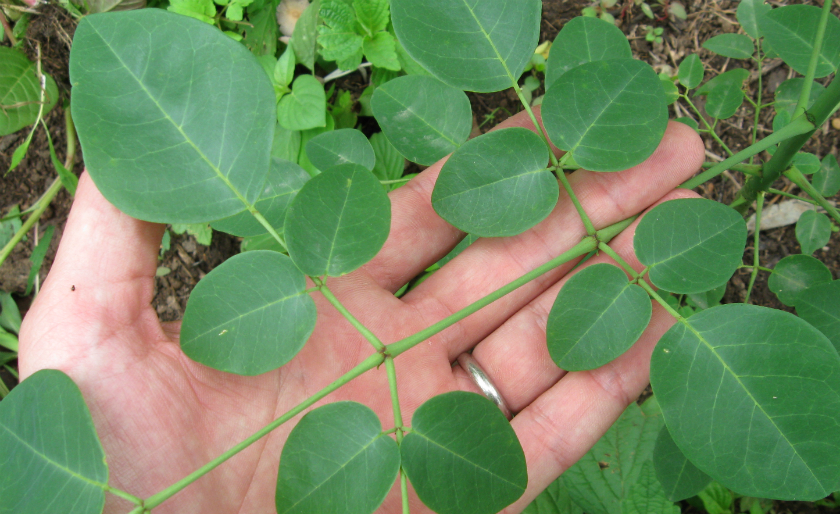
Yes, it is a tree highly spoken of as the Tree of Life or the Miracle Tree. The Nepali word for it is Sheetal Chini and Shobhaanjan or more commonly Sahijan in Hindi.
Curiously, this plant seems to have won more acclaims in the recent years than any other species of green perennial plants. “It’s like growing multi-vitamins at your door-steps’; “its leaves contain insane levels of nutrients”; “the moringa leaves prevent 300 diseases”; “their tiny leaves have the potential to save the lives of millions of people on our planet”– are some of the quotes that this tree has bagged.
Native to Nepal, India and Pakistan, they are also known as horseradish-tree, ben oil tree, zogale or drumstick trees. Of the 13 different species, Moringa Oleifera is widely and commonly recognised. It is consumed both as a vegetable and a medicinal herb. Cultivated and eaten extensively in India, the moringa leaves are widely sold in the Philippines like any other common green leafy vegetables.
Deciduous with sparse foliage, the moringa trees grow to medium heights of 25 to 30 ft and thrive in the mid-hills, the Siwalik and the Tarai of Nepal. The wispy trees with drooping branches bear drumsticks like fruits (pods are twenty to fifty centimetres long with seeds), small white flowers and rounded leaves, all consumable—pods, seeds and the blooms.
I was taken by complete surprise when a very close relative of mine wrote to me from West Palm Beach, Florida, USA that they have a moringa tree in their garden and they frequently eat its leaves and pods cooked as Nepali curry. She also revealed that it is very easy to grow–you don’t need a seedling to plant. All you need is the pod or a branch to transplant it.
Moringa oleifera is available in varied forms such as organic extracts, capsules, powder, tea, and oil. Extensive cultivation of moringa olefeira is done in Kunathari, Surkhet in the Bheri Zone of mid-western Nepal
To go by the Ayurveda, the Moringa oleifera, the Sanskrit name, Shigru, has been in use in traditional medicine in India for over 5,000 years to treat ailments such as diabetes, heart disease, anemia, arthritis, liver disease, respiratory problems, skin, liver problems, paralysis treatment, sterility, rheumatism, digestive disorders and many more.
In India, it was named the ‘plant of the year’ in 2008 by the National Institute of Health and Family Care. In Africa, it is also used for the treatment of ascites, pneumonia and venomous bites.
The drumstick tree leaves are said to be anti-fungal, anti-viral, anti-abortifacient, and act as flocculating agents and stimulants. The leaves, considered more nutritious than the pods, are said to be a rich source of protein, Vitamin B6, Vitamin C, riboflavin and iron.
In the third world, it is considered as a highly potential ‘economical herb’ for its resistance to drought, a rapid growth needing no tending and by far for its extraordinary nutritive qualities.







